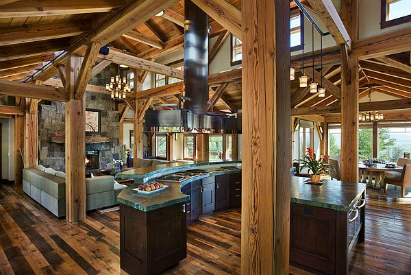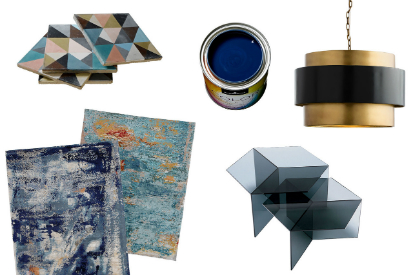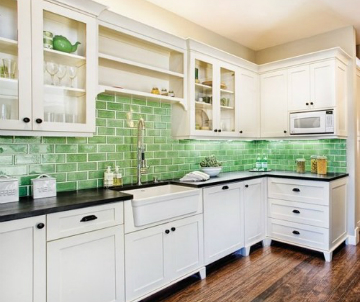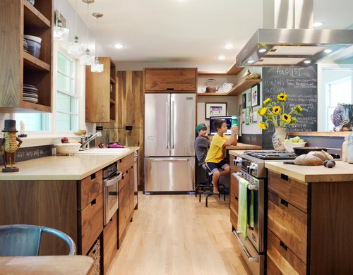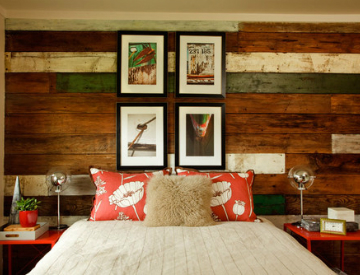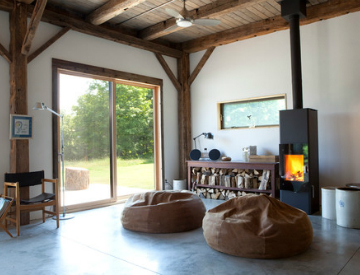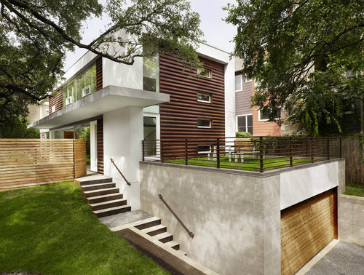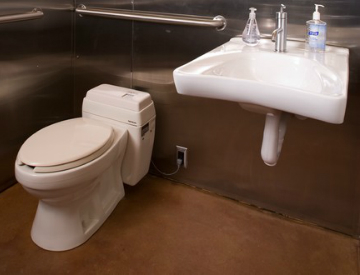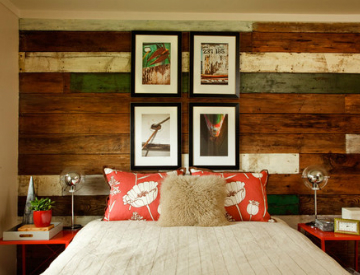Remodeling your home can be stressful and time-consuming, but if you go about it in the right way, you are guaranteed success. Here are a few home remodeling tips to ensure your newly fashioned home turns about absolutely stunning.
- Hire a build-design team who has been in the business for a while and has experience creating the type of home you’re seeking.
- Be honest and clear with your remodeling team about what you want and what you don’t want. Make your needs and desires known, so that they can tailor their plans to them.
- Spend plenty of time looking online and in magazines for design ideas before you make your plans. This way, you don’t run across an idea you never thought of and wish you’d included it.
- Remember that open floor plans and spaces are popular right now, and for good reason. They make it easier for family to be together and make your home feel more welcoming.
- Include one or two “splurge” items in the design that you want, but don’t really need.
Start planning your remodel today, because only after what you establish what you really want, is it possible to achieve it.
